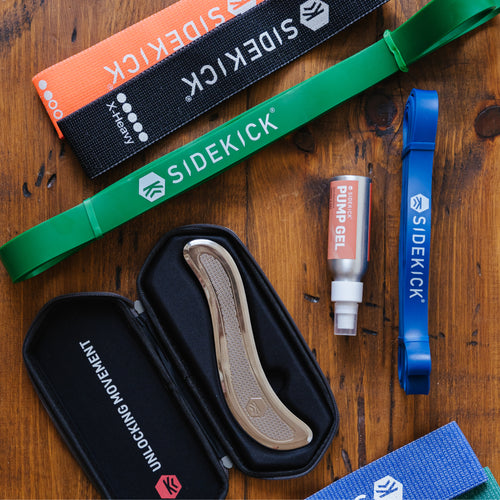
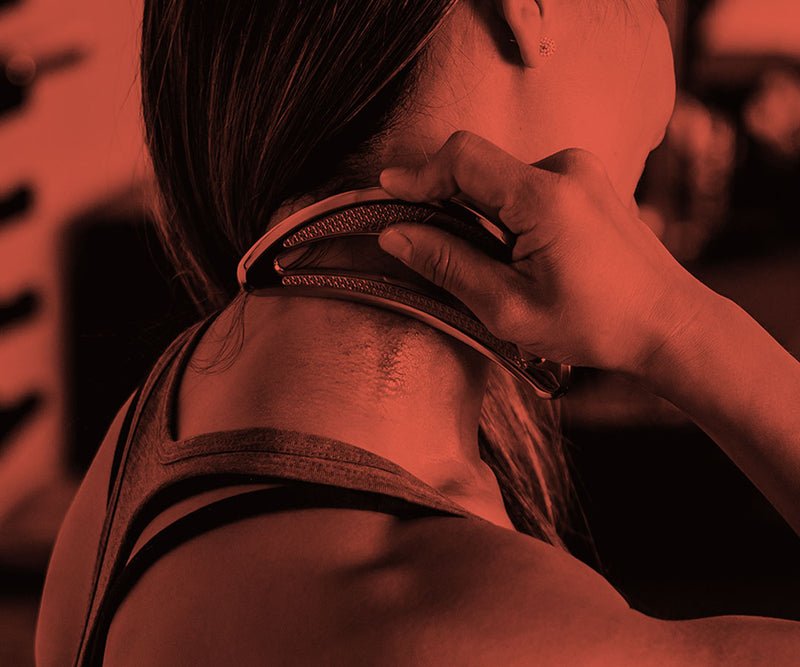
HOW DOES SCRAPING/GUA SHA WORK?
The effects of Gua Sha or scraping therapy have been analyzed and peer-reviewed by comprehensive medical research, providing a clinical window into the physiological mechanisms promoted by this traditional Chinese therapy.
In both healthy people and patients, the basic physiological mechanism of Gua Sha is the increase of the skin surface blood microperfusion1. This has been shown using Laser Doppler and Infrared Thermograph technology to evaluate the differences between the scraped and non-scraped area of the skin. A research study by Xu and colleagues from the Beijing Academy of Chinese Medical Sciences1, has shown that in the area of the skin that has been scrapped, there is a sustained statistically significant increase in the blood perfusion volume within 90 minutes after scraping compared with the non-scraping area (P<0.001)1. Another report by Nielsen and colleagues in the New York Beth Israel Medical Center for Health and Healing2, has shown a fourfold increase in microcirculation perfusion units (PUS) at the treated area for the first 7.5 minutes following treatment; and a significant increase in surface microcirculation during the entire 25 minutes of the study period (P<0.001)2.
Under normal conditions, the blood volume of microcirculation is in agreement with the metabolism level of the tissues and organs, in order to keep a dynamic balance. As such, the capacity and rate of the molecular exchange among internal capillaries, mainly depends on the open volume and permeability of the single capillary. But, after a strenuous exercise, or a lesion, there is a local accumulation of inflammatory molecules and cellular debris, that impair the permeability of the single capillary system. Therefore, the pressure and muscle relaxation of scraping, extrude the subcutaneous capillaries, promoting a reconstruction and expansion of the capillary network with collateral vessels. These, will in turn, take over the function of supplying blood flow to the local tissue, resulting in changes of cutaneous blood volume and skin temperature. This phenomenon promoted by scraping can change the dermal micro-vascular pressure, lead to vascular dilation, increase of the tissue local temperature and also increase the volume of blood flow of the treated area to enhance the removal of the inflammatory molecules and debris accumulated by the physical stress.

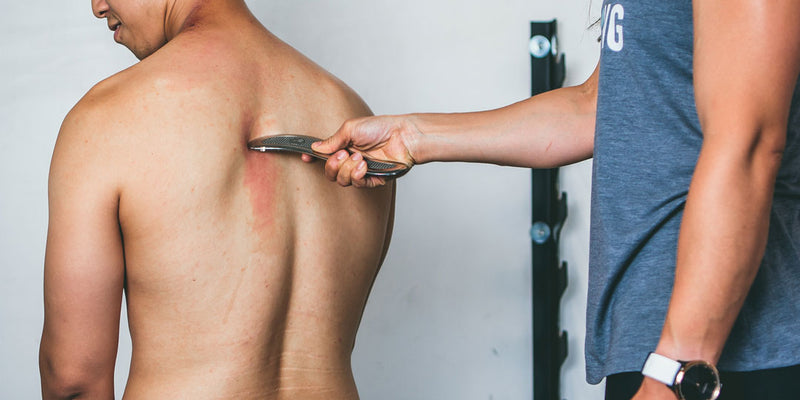
But, not only an increase in blood flow is responsible for the positive effects of scraping. The consequent remodeling of the capillary network by Gua Sha, has further proven anti-inflammatory and anti-oxidative effects. For example, Heme-Oxygenase-1 (HO-1) is an inducible form of heme-oxygenase enzymes, upregulated by the release of heme-oxygen species by inflammation, oxidative stress, hypoxia, and physical stress. HO-1 is responsible for the oxidative cleavage of heme groups, leading to the generation of biliverdin, carbon monoxide, and release of ferrous iron, with important antioxidant, anti-inflammatory, and immunomodulatory effects in vascular cells 3. In a research study made in mice by Kwong and colleagues in the Harvard Medical School 4, they used bioluminescent optical imaging of HO-1 gene expression; and, researchers have seen a sustained HO-1 upregulation from 48 to 120h after scraping 4, revealing a strong anti-oxidative response promoted by Gua Sha.
Superoxide Dismutase (SOD) is another type of enzyme that forms the front line of defense against Reactive Oxygen Species (ROS) that are created by injury. This protein catalyzes the dismutation of superoxide anion free radical (O2-) into molecular oxygen and hydrogen peroxide (H2O2), and decrease O2- level, which damages the cells when it exists at an excessive concentration 5. A clinical research study, evaluated the arterial blood of different groups of rats at different time points after Gua Sha treatment (0.5h, 6h and 12h) 6. They have seen that the level of Superoxide Dismutase (SOD) decreased significantly 12h after Gua Sha treatment in comparison to controls (P<0.05), showing the breakdown of potentially harmful oxidative molecules by Gua Sha, and the prevention of further damage to the muscle tissues.
Together, these data are representative of the strong anti-inflammatory and anti-oxidative response released by scraping, since SOD and HO-1 play key roles in maintaining the antioxidant/oxidant local homeostasis, and in the prevention against muscle injury.
Many questions remain regarding the biomolecular mechanisms that underly the scraping therapy, like how different levels of pressure could change the subcutaneous microcirculatory system, or how does the parasympathetic nervous activity modulate such effects… but it is well known, that patients experience immediate decrease in pain in the site treated, and that this pain relief persists and has no adverse reactions.
So, are you ready to experience pain relief?
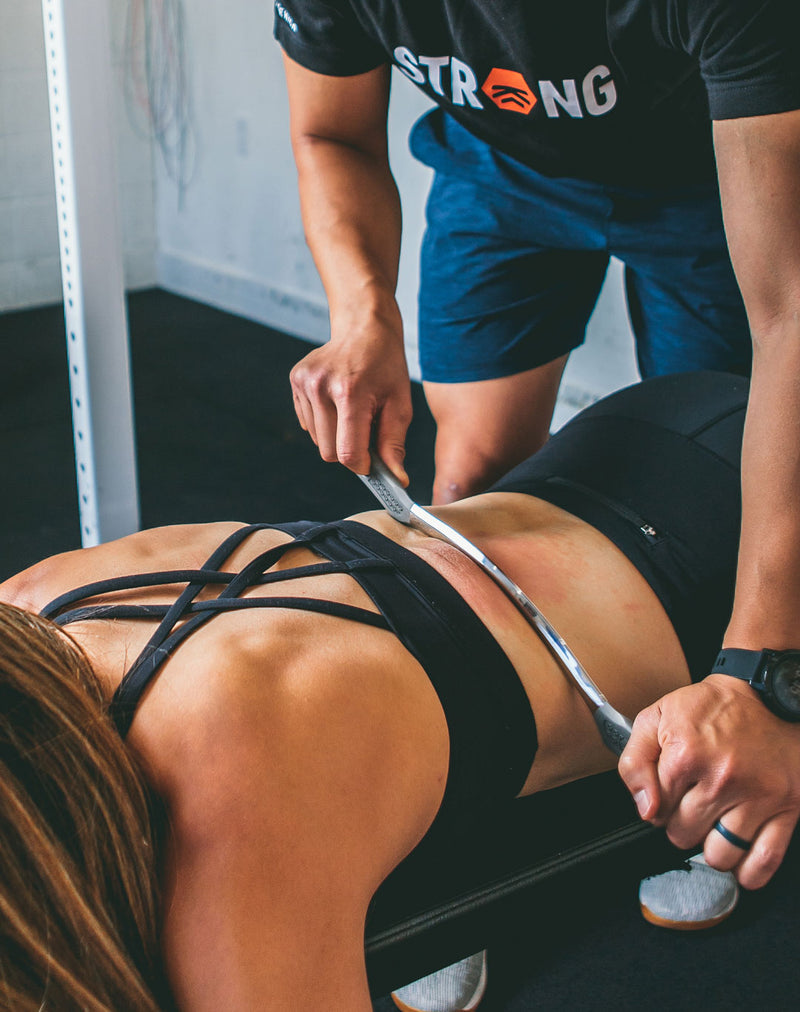
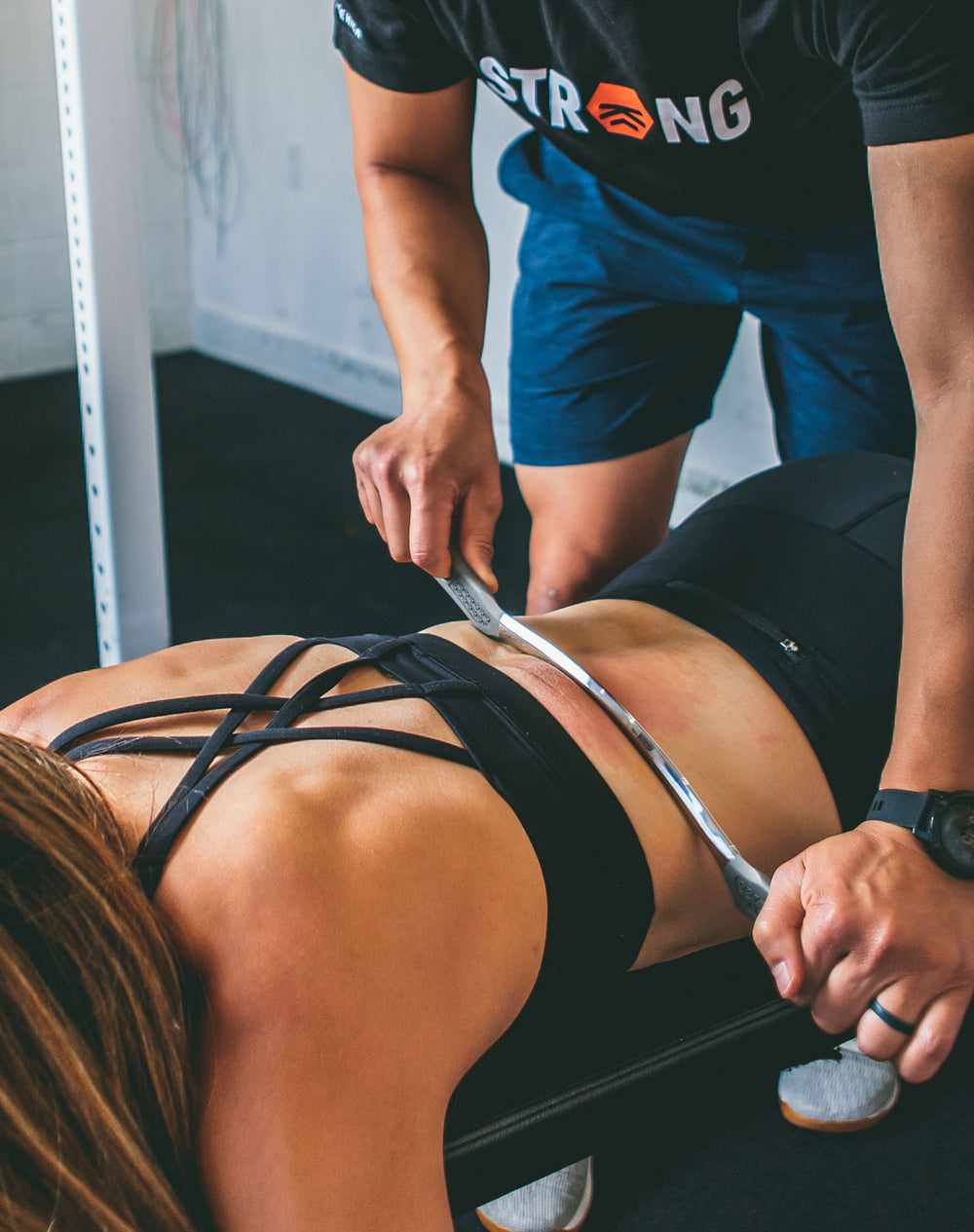
Together, these data are representative of the strong anti-inflammatory and anti-oxidative response released by scraping, since SOD and HO-1 play key roles in maintaining the antioxidant/oxidant local homeostasis, and in the prevention against muscle injury.
Many questions remain regarding the biomolecular mechanisms that underly the scraping therapy, like how different levels of pressure could change the subcutaneous microcirculatory system, or how does the parasympathetic nervous activity modulate such effects… but it is well known, that patients experience immediate decrease in pain in the site treated, and that this pain relief persists and has no adverse reactions.
So, are you ready to experience pain relief?
REFERENCES
- Xu, Q.-Y. et al. The effects of scraping therapy on local temperature and blood perfusion volume in healthy subjects. Evid Based Complement Alternat Med 2012, 490292-490292, doi:10.1155/2012/490292 (2012).
- Nielsen, A., Knoblauch, N. T., Dobos, G. J., Michalsen, A. & Kaptchuk, T. J. The effect of Gua Sha treatment on the microcirculation of surface tissue: a pilot study in healthy subjects. Explore (NY) 3, 456-466, doi:10.1016/j.explore.2007.06.001 (2007).
- Araujo, J., Zhang, M. & Yin, F. Heme Oxygenase-1, Oxidation, Inflammation, and Atherosclerosis. Frontiers in Pharmacology 3, doi:10.3389/fphar.2012.00119 (2012).
- Kwong, K. K. et al. Bioluminescence imaging of heme oxygenase-1 upregulation in the Gua Sha procedure. J Vis Exp, doi:10.3791/1385 (2009).
- Younus, H. Therapeutic potentials of superoxide dismutase. Int J Health Sci (Qassim) 12, 88-93 (2018).
- K Wang, Y. J., QJ Zhang, et al. Changes Guasha of bilirubin, SOD, IL-1, IL-6 and WBC count before and after treatment in rats. J Beijing Univ Tradit Chin Med 9, 618-620 (2009).








